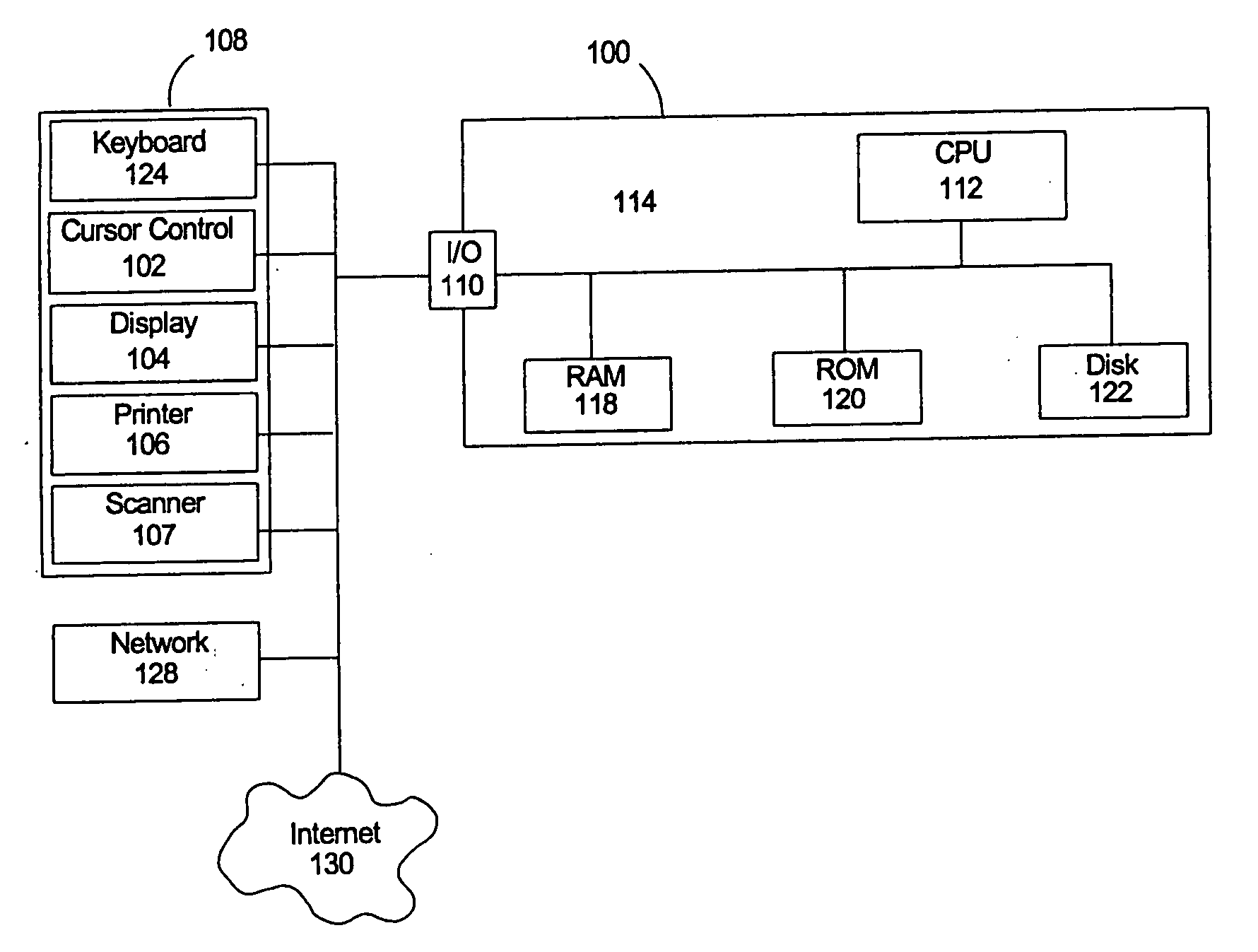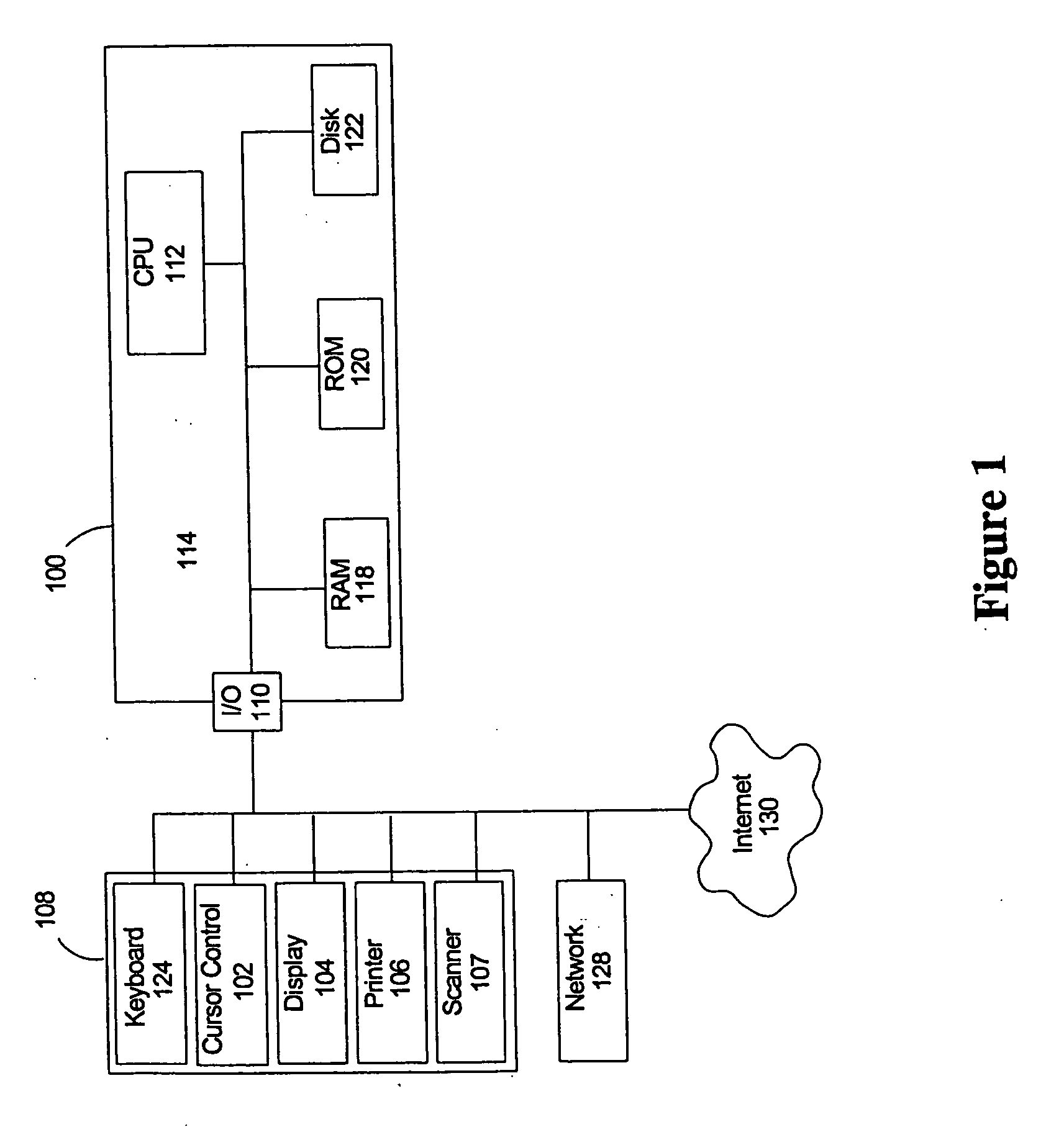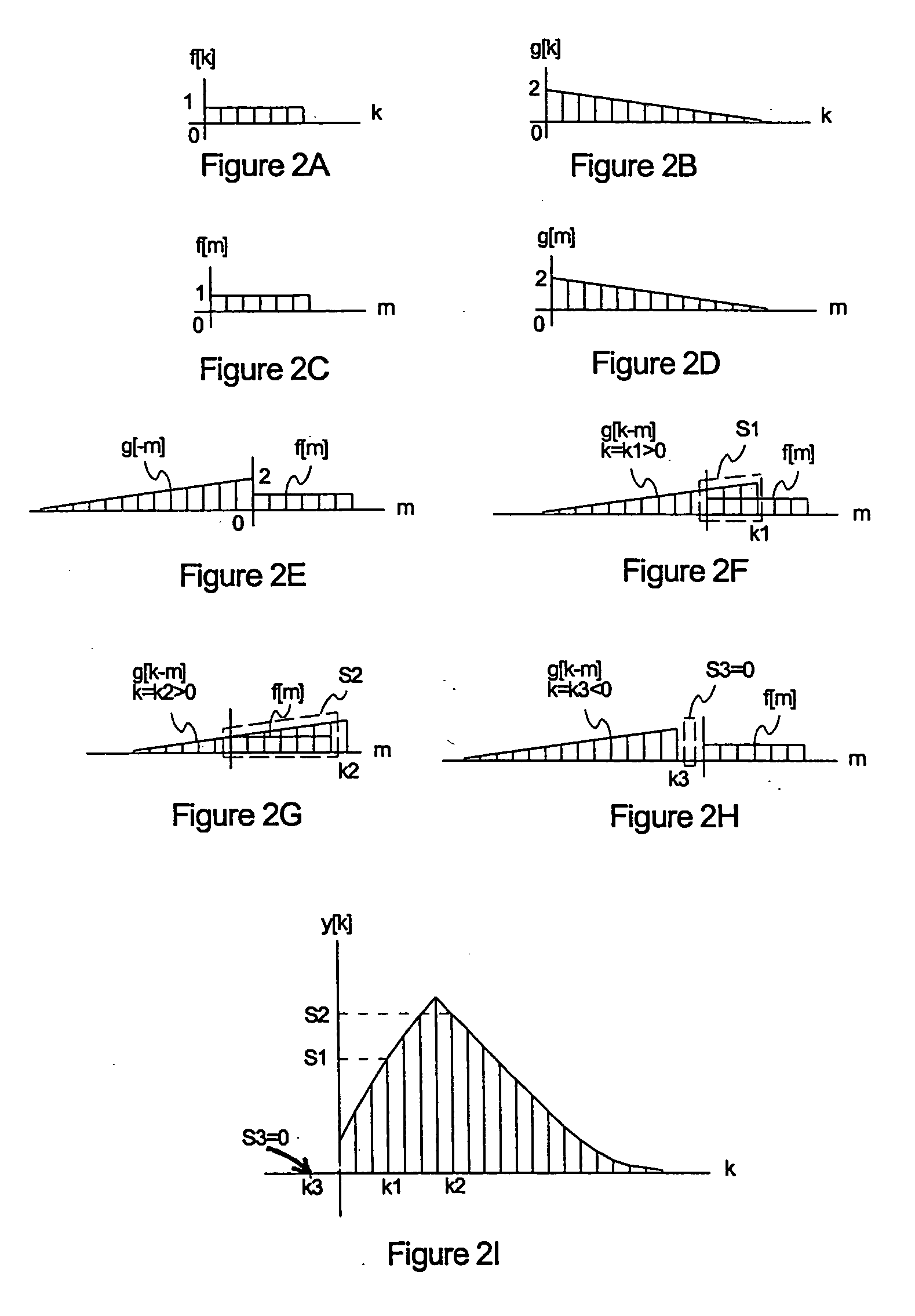Single-channel convolution in a vector processing computer system
a vector processing and computer system technology, applied in the field ofsignal processing, can solve the problems of inherently linear process, high processing cost, and high processing cost, and achieve the effect of simplifying the overall convolution sum
- Summary
- Abstract
- Description
- Claims
- Application Information
AI Technical Summary
Benefits of technology
Problems solved by technology
Method used
Image
Examples
Embodiment Construction
[0018] To facilitate an understanding of the principles and features of the present invention, it is explained hereinafter with reference to its implementation in an illustrative embodiment. In particular, the invention is described in the context of a vector processing computer system that performs discrete-time convolution. This may be accomplished, according to one embodiment, by a simplified computation using a vector containing all ones, thereby simplifying the sum-of-products operation associated with convolution to a simple summation. It will be appreciated, however, that this is not the only embodiment in which the invention can be implemented. Rather, it can find utility in a variety of computer configurations utilizing a variety of different signal vectors, as will become apparent from an understanding of the principles which underscore the invention.
[0019] An exemplary computer system of the type in which the present invention can be employed is illustrated in block diag...
PUM
 Login to View More
Login to View More Abstract
Description
Claims
Application Information
 Login to View More
Login to View More - R&D
- Intellectual Property
- Life Sciences
- Materials
- Tech Scout
- Unparalleled Data Quality
- Higher Quality Content
- 60% Fewer Hallucinations
Browse by: Latest US Patents, China's latest patents, Technical Efficacy Thesaurus, Application Domain, Technology Topic, Popular Technical Reports.
© 2025 PatSnap. All rights reserved.Legal|Privacy policy|Modern Slavery Act Transparency Statement|Sitemap|About US| Contact US: help@patsnap.com



